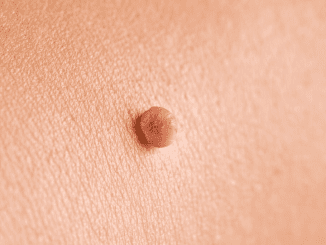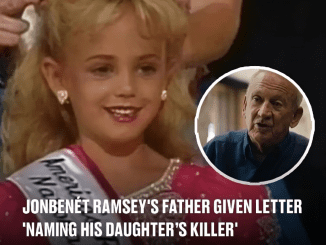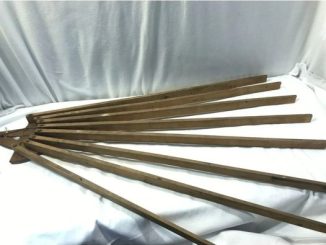The world has witnessed some horrifying accidents involving radiation, but few can match the gruesome and tragic fate of Hisashi Ouchi, a Japanese nuclear plant worker who suffered one of the most excruciating deaths ever recorded. In September 1999, Ouchi was involved in a catastrophic nuclear accident at the Tokaimura Nuclear Power Plant in Japan, which ultimately led to one of the most horrifying medical cases in history. This article delves into the horrifying details of Ouchi’s ordeal, the shocking medical complications he faced, and the controversial decisions that prolonged his suffering.
The Tokaimura Nuclear Accident: A Disaster Waiting to Happen
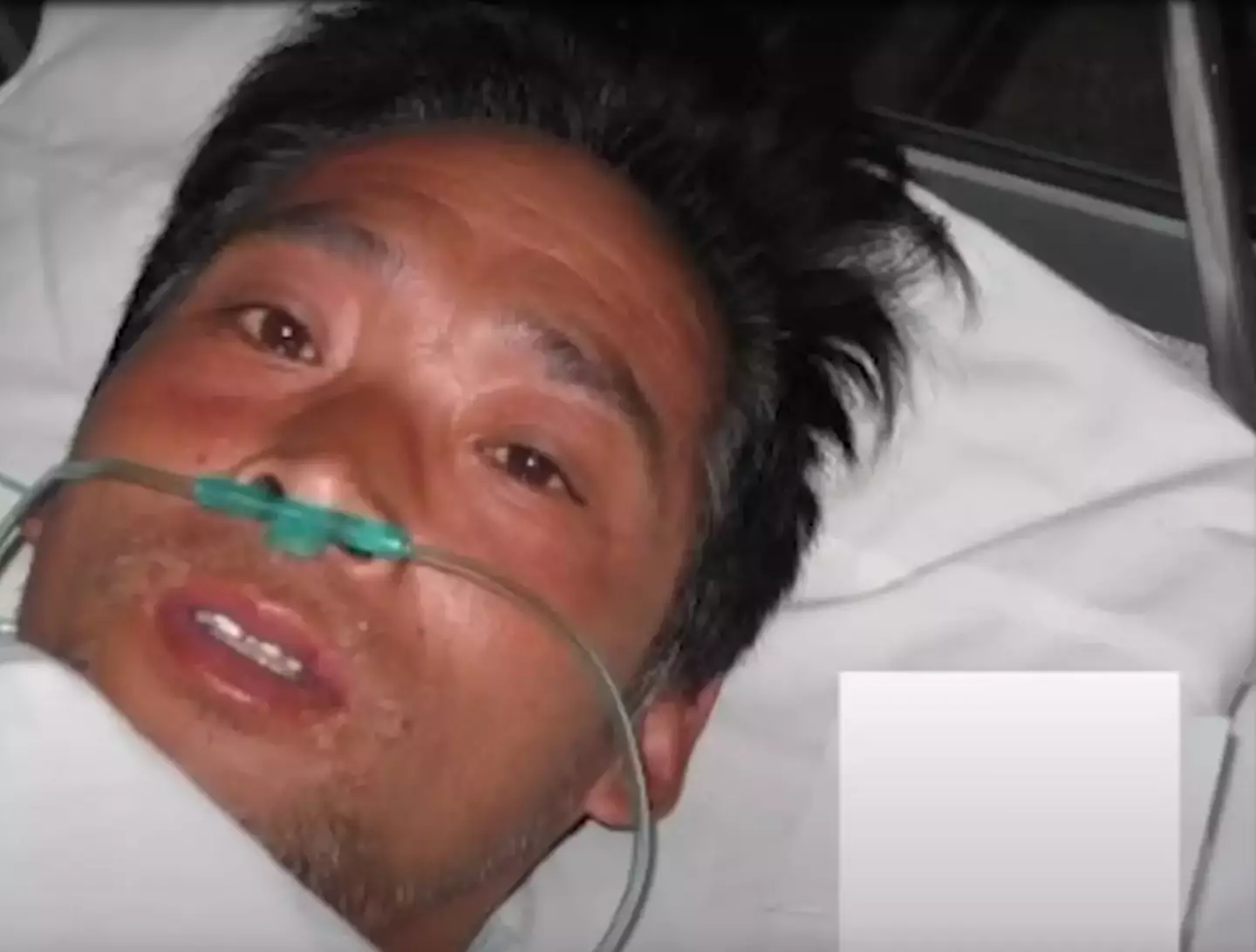
On September 30, 1999, Hisashi Ouchi arrived for what seemed to be a routine day at the Tokaimura Nuclear Power Plant, located northeast of Tokyo. Along with his colleagues, Masato Shinohara and Yutaka Yokokawa, Ouchi was tasked with handling uranyl nitrate—a substance containing uranium. Due to insufficient training and safety measures, the workers found themselves in a precarious situation.
The workers were manually mixing the uranium solution, a task that should have been handled with automated processes under strict safety protocols. But due to procedural shortcuts, too much uranium was added to the mixture, triggering an uncontrolled nuclear fission chain reaction. This incident released massive amounts of radiation and gamma rays into the environment. The workers were immediately exposed to deadly levels of radiation, with Ouchi bearing the brunt of it.
Cherenkov Radiation and Lethal Exposure: A Devastating Impact
During the incident, Ouchi absorbed an astonishing dose of 17,000 millisieverts (mSv) of radiation, while Shinohara and Yokokawa received doses of 10,000 mSv and 3,000 mSv, respectively. To put this into perspective, the international annual radiation safety limit is set at 20 mSv per person. Exposure to 5,000 mSv is considered lethal, making the doses sustained by Ouchi and his colleagues unimaginable.
The bluish glow of Cherenkov radiation, a byproduct of the nuclear fission reaction, filled the room as Ouchi stood closest to the mixing tank. It marked the beginning of an agonizing ordeal that would challenge medical ethics, test human resilience, and reveal the horrific consequences of radiation exposure at an unprecedented scale.
The Fight for Survival: Hisashi Ouchi’s Medical Nightmare
After the incident, Ouchi and Shinohara were rushed to Tokyo University Hospital, where doctors faced the nearly impossible task of treating radiation poisoning at such extreme levels. While Ouchi appeared to be physically healthy at first glance, the reality was far more terrifying. Tests soon revealed that his DNA had been shattered, leaving his cells unable to regenerate. His white blood cell count plummeted, rendering his immune system nonfunctional.
The initial symptoms were swift and severe—vomiting, loss of consciousness, and severe burns that developed rapidly across his body. Ouchi’s skin began to peel off, his internal organs deteriorated, and he lost fluids at an alarming rate. Despite the desperate situation, his family insisted that doctors do everything possible to keep him alive, leading to a series of medical interventions that pushed the boundaries of ethical treatment.
Grim Medical Procedures: Desperate Attempts to Save a Life
Ouchi’s treatment involved numerous procedures, including skin grafts, blood transfusions, and stem cell transplants, all in an attempt to stabilize his deteriorating condition. Unfortunately, these efforts were largely in vain, as the radiation had already caused irreversible damage to his DNA, rendering his body incapable of cellular repair.
Over the course of his hospitalization, Ouchi endured unimaginable pain. His skin peeled away, his organs began to fail, and his body became a shell ravaged by radiation. At one point, he reportedly begged the medical staff to let him die, stating, “I can’t take it any more! I am not a guinea pig.” Despite his pleas, his family insisted that doctors continue treatment, pushing Ouchi to the limits of human endurance.
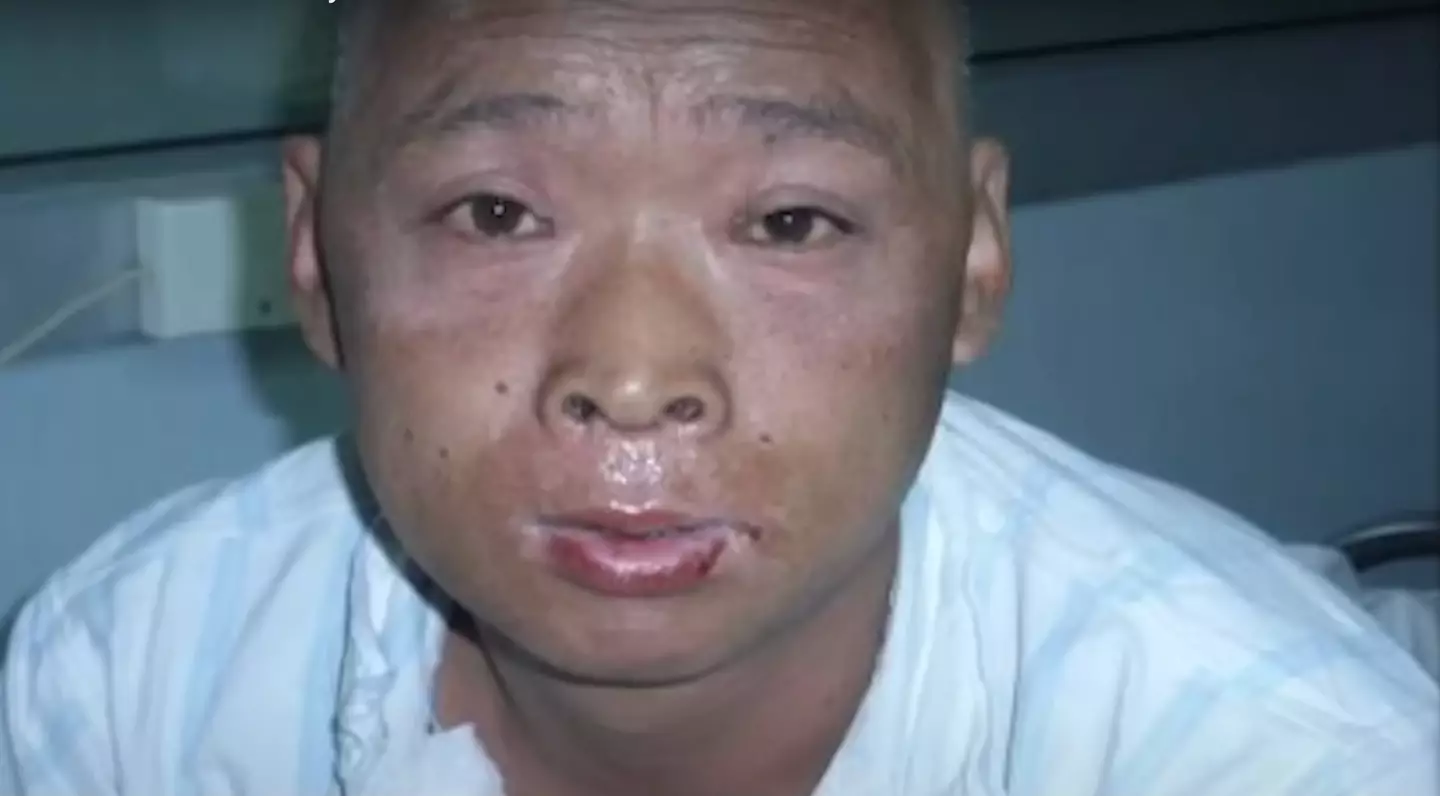
Ethical Dilemma: Prolonging Life vs. Alleviating Suffering
The decision to keep Ouchi alive sparked ethical debates within the medical community and beyond. Was it justifiable to continue treating a patient in such agony when the chances of recovery were non-existent? Doctors were caught in a moral dilemma, torn between the demands of the family, the duty to sustain life, and the imperative to alleviate suffering.
Dr. Kazuhiko Maekawa, one of the physicians who treated Ouchi, later admitted that the patient’s chances of recovery were “very slim” from the start. Despite this acknowledgment, Ouchi’s treatment continued for 83 excruciating days, during which he suffered multiple organ failures, severe fluid loss, and three heart attacks. Each time his heart stopped, doctors revived him, as requested by his family.
Hisashi Ouchi’s Final Days: A Tragic End to an Agonizing Journey
By mid-December 1999, Ouchi’s condition had worsened significantly. His skin was no longer able to hold bodily fluids, leading to extreme dehydration. His organs were gradually shutting down, and even the most advanced medical interventions could no longer sustain him. Despite his deteriorating state, Ouchi’s family remained hopeful for a miracle.
On December 21, 1999, Ouchi’s body finally succumbed to the ravages of radiation poisoning. He passed away after 83 days of unimaginable suffering, with multiple organ failures cited as the cause of death. He was only 35 years old.
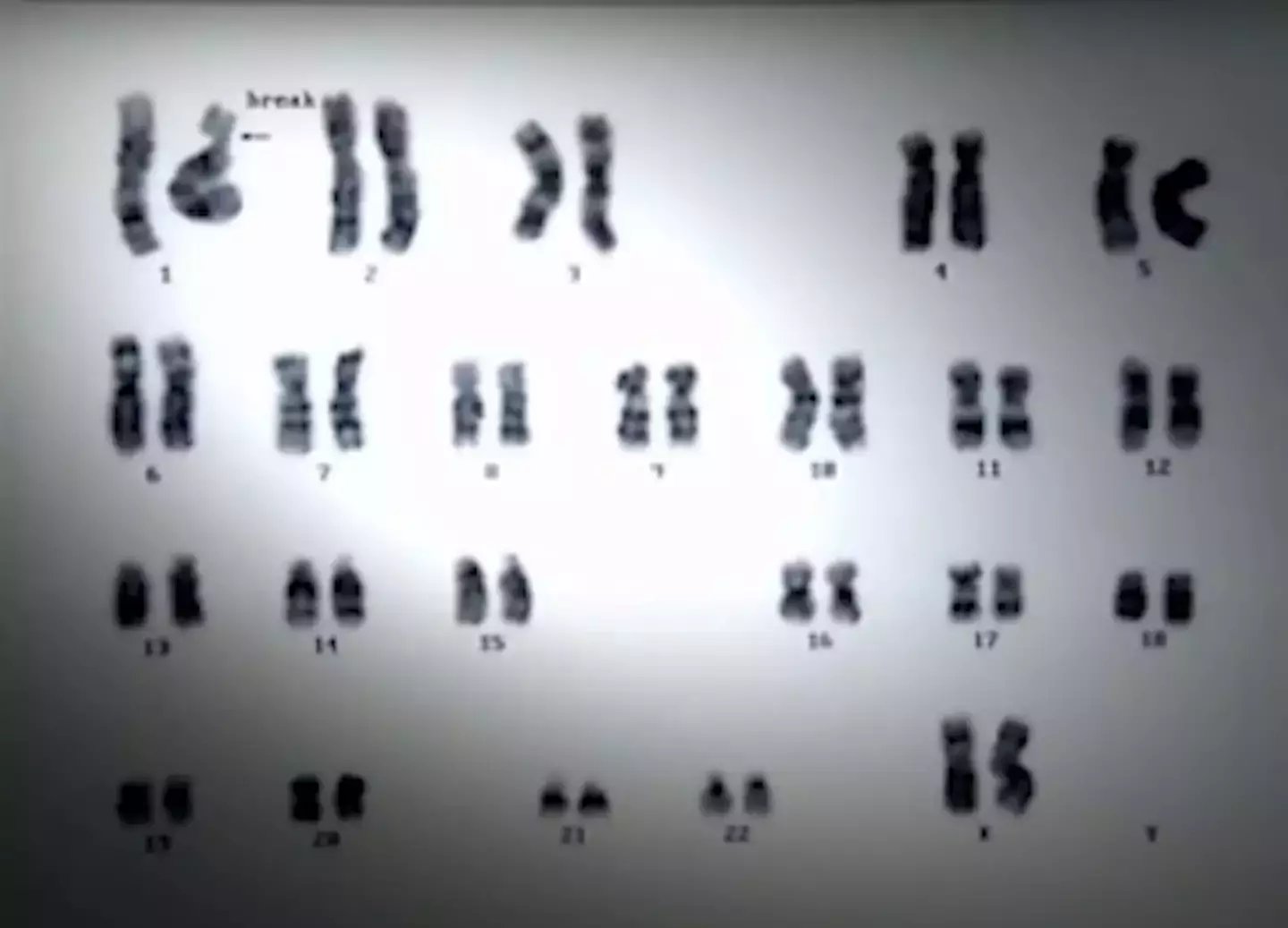
The Aftermath: Colleague Shinohara’s Battle and Death
Masato Shinohara, Ouchi’s colleague, also suffered from severe radiation poisoning. Despite receiving lower levels of radiation compared to Ouchi, Shinohara’s condition was critical. After a series of medical interventions, he succumbed to multiple organ failure in April 2000, at the age of 40.
The Tokaimura nuclear accident remains one of Japan’s worst nuclear disasters, highlighting the devastating consequences of inadequate safety protocols and untrained personnel handling highly radioactive materials. The incident not only claimed two lives but also left a lasting mark on Japan’s nuclear industry, prompting stricter regulations and safety measures.
A Lesson in Painful Realities: The Cost of Radiation Exposure
Hisashi Ouchi’s story is a chilling reminder of the dangers associated with nuclear technology and the potential consequences of human error. It also underscores the ethical challenges that arise when medical science confronts cases of extreme suffering. Ouchi’s death was not only a physical ordeal but also a complex ethical dilemma, forcing doctors to navigate the fine line between sustaining life and prolonging suffering.
Ouchi’s case serves as a somber warning about the risks of inadequate safety in the nuclear industry. It emphasizes the need for stringent training, strict protocols, and ethical guidelines in handling such hazardous substances. His tragic death stands as a haunting example of the terrible cost of radiation exposure—a reminder that technology, when mishandled, can have horrifying consequences.
Conclusion: A Tragic Tale of Human Endurance and Ethical Boundaries
The story of Hisashi Ouchi, the “radioactive man,” is one of the most harrowing tales in the history of nuclear accidents. It’s a story marked by immense suffering, controversial medical decisions, and a relentless pursuit to sustain life against all odds. Ouchi’s death not only highlights the catastrophic effects of radiation but also raises crucial questions about the ethical boundaries of medical intervention. His ordeal remains etched in history as a grim lesson about the true cost of human error in the nuclear industry and the devastating consequences that follow.
